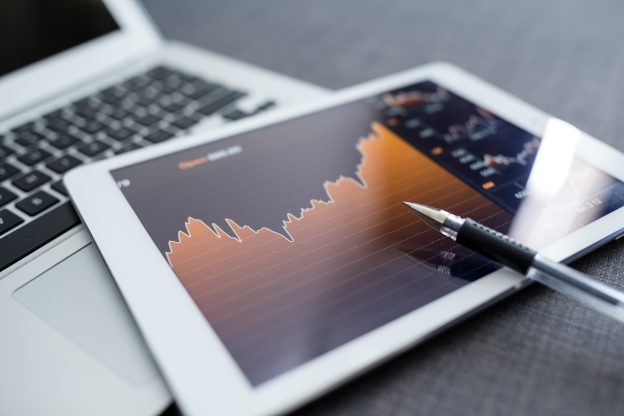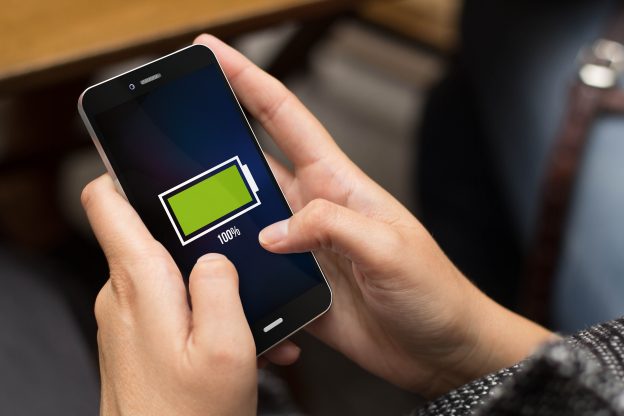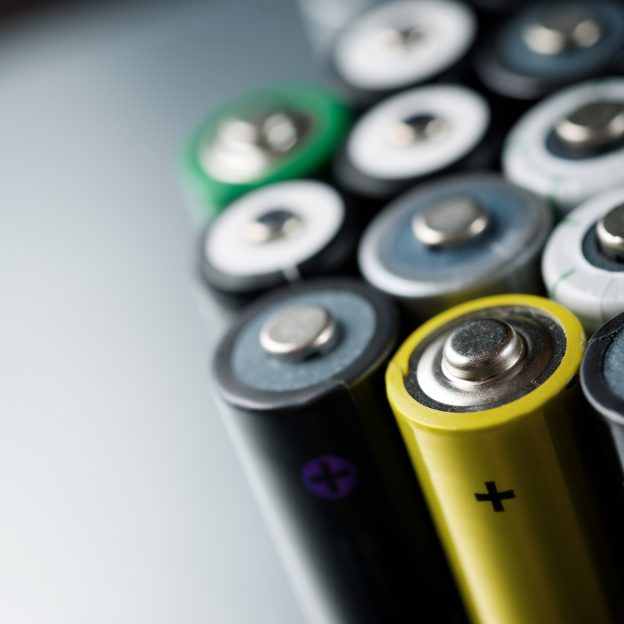Following its projects in Jining (Shandong), Luoyuan (Fujian), Luoyang (Henan), Dongying (Shandong), and the "factory within a factory" at Seres Chongqing, CATL (Contemporary Amperex Technology Co., Limited) is once again ramping up its production capacity.
Recently, the Ningde Ecology and Environment Bureau published a public notice on the Environmental Impact Report for the Phase I Technical Upgrade Project of the Times FAW Power Battery Company, marking the official acceptance of the proposed upgrade.
Times FAW Power Battery Co., Ltd., established in January 2019, is jointly owned by CATL, China FAW Group, Dongfeng Motor, and Changan Automobile. The company focuses on the development, production, and sale of lithium-ion batteries, power batteries, ultra-large-capacity energy storage batteries, and battery systems, along with related after-sales and technical services.
Since the launch of its first battery production line in September 2020, Times FAW has supplied high-nickel battery systems for several new energy vehicle models from FAW, Dongfeng, and Changan, generating an output value of over RMB 10 billion.
The Times FAW project is located in Xiapu County, Ningde City, and includes plans for a 10GWh annual production capacity project, a 20GWh expansion, and supporting gravure printing workshops and auxiliary facilities—targeting a total production scale of 30GWh upon full completion. Phase I currently includes six cell production lines in the X1 plant and six module lines in the X3 plant. Phase II has reached a capacity of 6.7GWh, with four additional cell post-processing lines, five module lines, and a boiler system under construction—bringing the combined total to 13.3GWh.
To stay competitive and meet evolving industry demands, Times FAW is now planning a technical upgrade of its Phase I facilities with a total investment of RMB 200 million. After the upgrade, the plant's total power battery production capacity (including approved and under-construction lines) will reach 40GWh. The upgrade includes enhancements to six cell lines in the X1 plant to improve production efficiency and add 10GWh capacity, including new production capacity for lithium iron phosphate (LFP) batteries. In the X3 module plant, two new PACK assembly lines will be added, including welding and other equipment to increase PACK battery pack production capacity.
Behind this 10GWh capacity addition is CATL’s strong order book. In the first half of 2025, CATL's installed power battery capacity reached 128.6GWh, accounting for 43.05% of the global market. Its LFP battery installations reached 89.79GWh, representing nearly 70% of the total.
Market demand for high-end LFP batteries remains strong. In 2023, CATL launched the Shenxing Battery, capable of delivering 400km of range with just 10 minutes of charging. In 2025, it introduced the second-generation Shenxing Superfast Charging Battery—the world’s first LFP battery combining 800km ultra-long range with a peak 12C charge rate. With a peak charging power of up to 1.3 megawatts, it achieves “5-minute charge, 520km range,” and is compatible with all megawatt-level supercharging stations—bringing EV charging speeds closer to that of traditional fuel refueling.
CATL plans for Shenxing and Qilin batteries to account for 60–70% of its total sales by 2025, up from 30–40%.
In addition, CATL continues to expand its joint ventures with automakers. Its partnerships with SAIC, GAC, FAW, and Xiaomi have collectively planned over 200GWh in production capacity—about one-third of CATL’s total. By holding a 51% stake in these JVs, CATL ensures control over core cell production and secures profit-sharing from each battery. These JVs generated over RMB 8 billion in net profit in 2024 alone. Joint ventures also adopt CATL’s latest technologies, such as Qilin and Shenxing batteries, ensuring tight technology integration.
It is worth noting that as power dynamics within the automotive supply chain continue to evolve, relationships between leading battery makers and automakers are becoming more intricate and strategic. From equity partnerships and joint R&D to shared ecosystems, CATL has extended its collaboration with carmakers beyond battery supply to include battery swapping services, sales channels, after-sales service, and overseas expansion.
In this symbiotic model, battery suppliers are no longer content with being mere component vendors—they aim to influence standards, reach end users, and shape the future of the EV industry. In response, automakers are increasingly adopting dual-sourcing strategies and investing in in-house R&D and production. This shift highlights a broader industry trend: the Chinese new energy vehicle sector is transitioning from rapid scale-up to a phase focused on deep technological innovation.
Source:https://mp.weixin.qq.com/s/tqoW6vMZu8QV2ZnjDtQwcw







